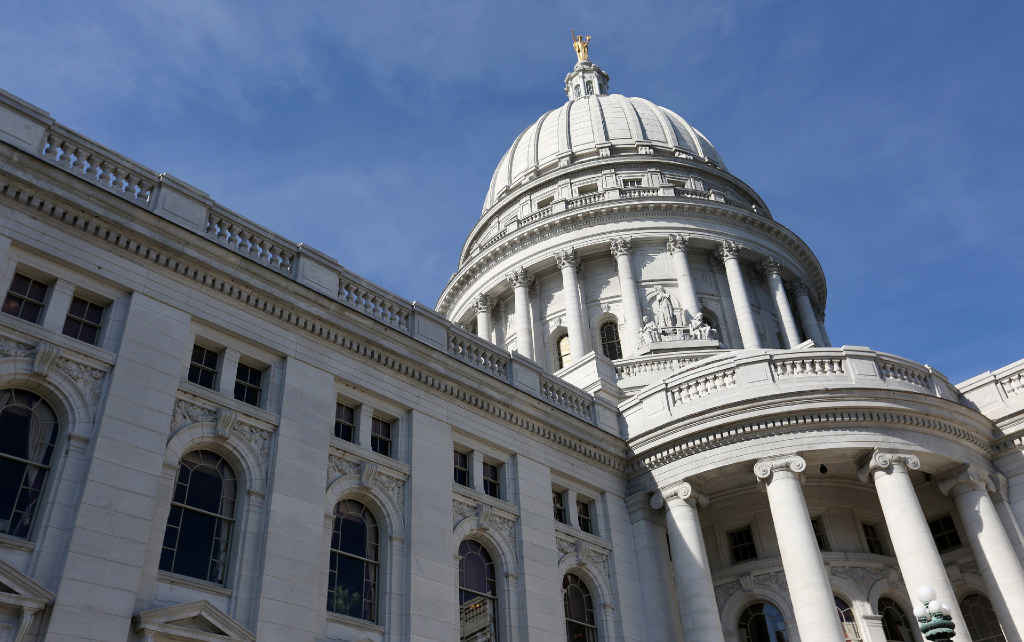An expert is warning lawmakers of a “continuing erosion” of the state’s licensed practical nurse workforce, driven by Wisconsin’s aging population and other factors such as low pay.
Barbara Bowers, founder of the UW-Madison School of Nursing’s Center for Aging Research and Education, yesterday shared results of the latest survey of LPNs during a legislative briefing. Between 2011 and 2021, the number of these nurses in Wisconsin fell from more than 14,000 to around 10,000, she noted.
“That’s a huge drop in the number of LPNs who are licensed, not even those who are actually practicing,” Bowers said in a presentation from the Wisconsin Nurses Association and the Wisconsin Center for Nursing, which conducted the survey.
Along with these nurses being slower to graduate, she also noted retirements are on the rise as the pool of working nurses steadily gets older.
“While there’s a fair number — over 50 percent — who said they’re going to continue working at least 10 years, 44 percent said they’re done within nine years,” she said. “That’s a huge loss … It’s a real early warning sign.”
More than 500 licensed LPNs said they weren’t currently working when surveyed, and were asked what could bring them back into the workforce. Their top three responses were improved pay, more flexible hours and a more positive work environment, Bowers said. She noted the current pay for LPNs is between $18 and $23 per hour.
“The biggest problem in the work environment is short staffing, so again, it’s sort of a self-perpetuating problem,” she said.
Meanwhile, a separate survey of registered nurses found the RN workforce grew from about 83,000 to more than 97,000 between 2012 and 2022. But Susan Zahner, an RN and UW-Madison professor, highlighted a “worrisome” recent dip in the rate of increase.
“This is not when we need to have fewer nurses; this is when we need to have more nurses,” she said yesterday. “So, a little concerned about that.”
Zahner also highlighted survey results showing more RNs, other faculty and organizational leaders are looking to leave their current position within the next five years.
Bowers added the “extreme shortage” of workers in long-term care is concerning, and will be exacerbated by the Centers for Medicare and Medicaid Services mandating minimum staffing levels for these care providers. She said that process is ongoing.
“We’ve had almost two-dozen nursing homes in Wisconsin close in the last two years,” she said. “Most of them are in rural communities, where there’s already a shortage, and most of the providers say the reason they’ve closed is because they can’t find staff to work there.”
Watch the full briefing here:






